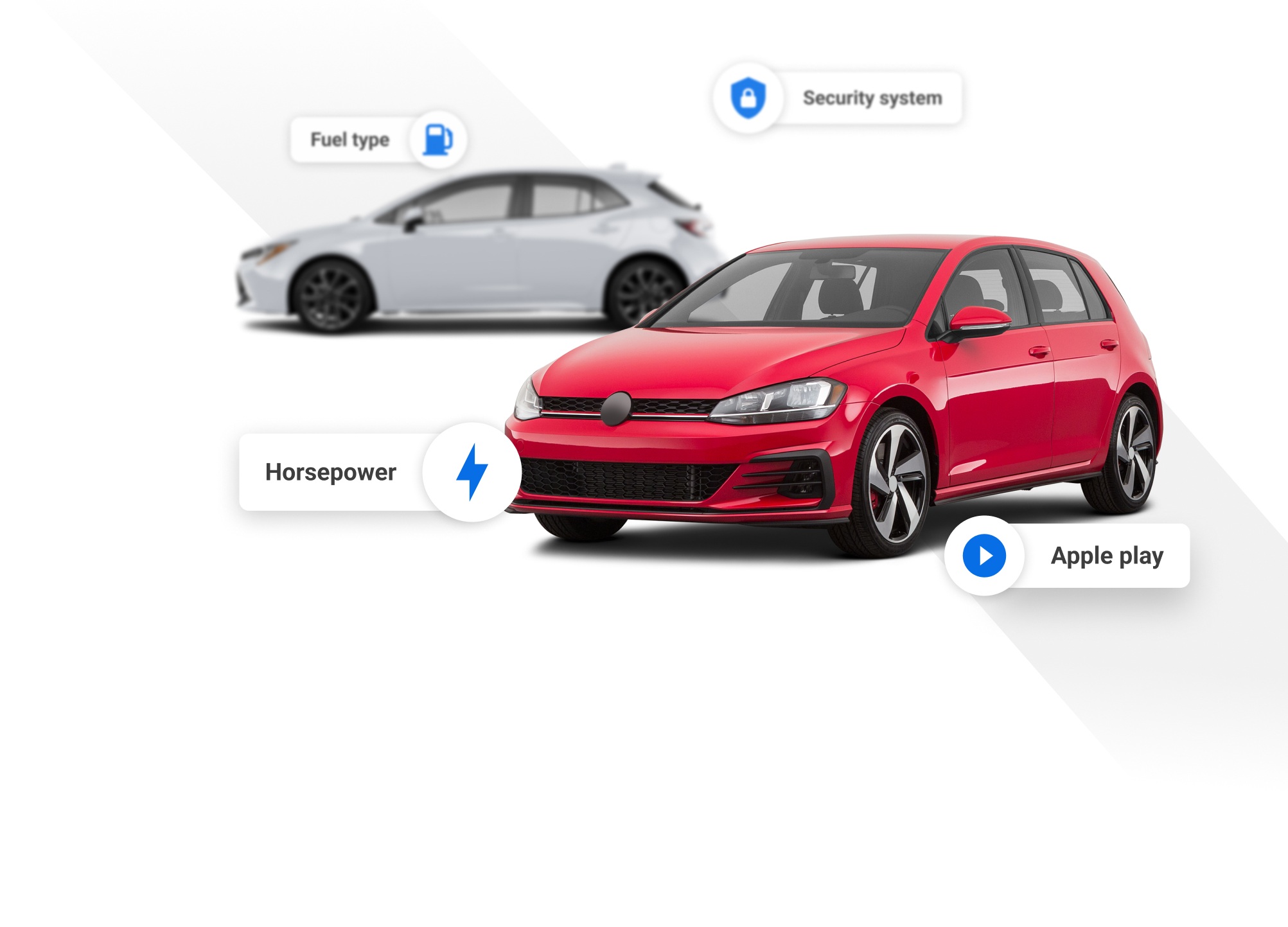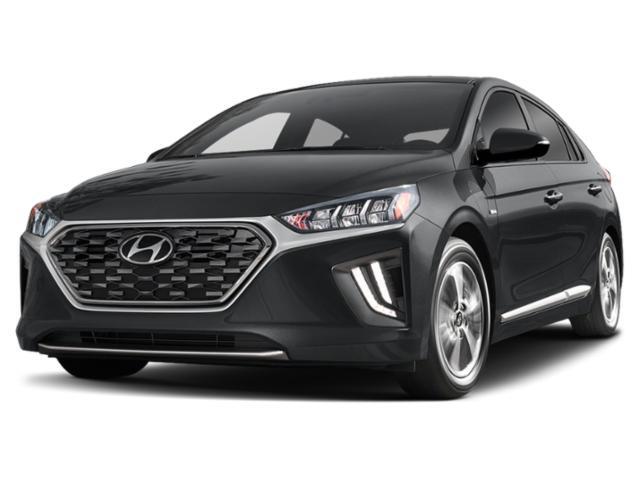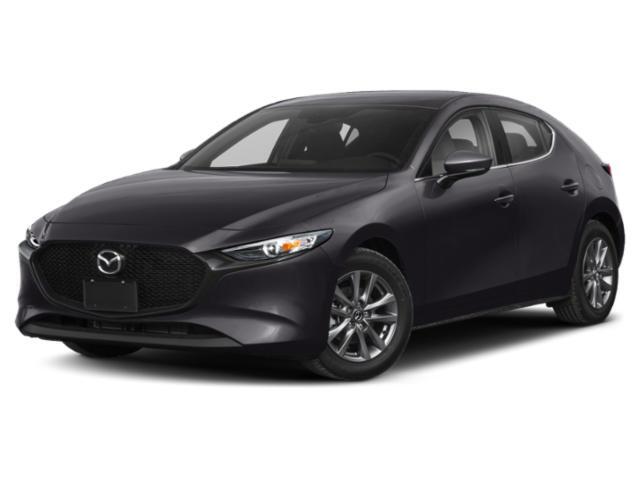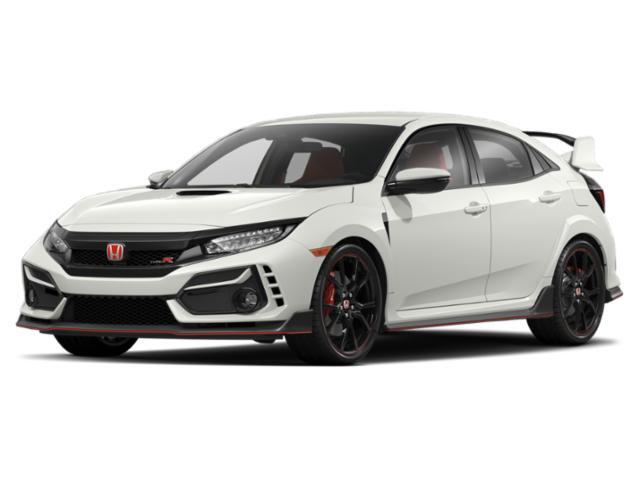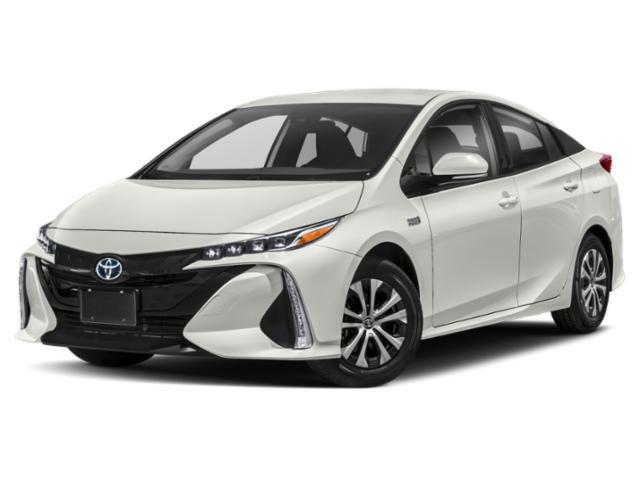
2021 Toyota Prius

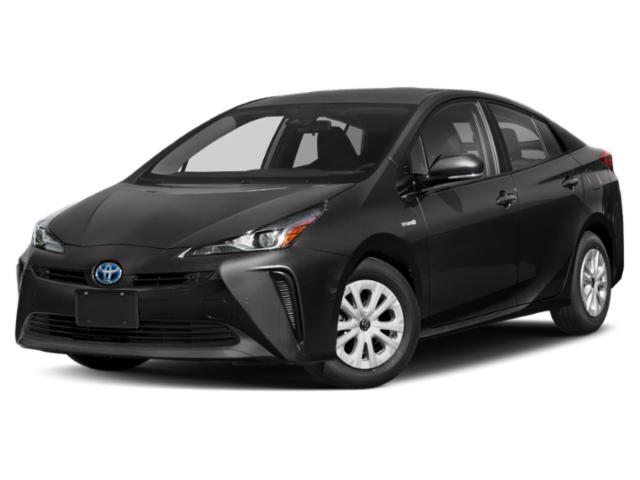
Key Specifications for 2021 Toyota Prius






Buyer’s Guide
History/Overview
The Toyota Prius has been one of the most fuel-sipping vehicles you could buy since it was first introduced more than 20 years ago. Today it has grown in size, comfort, refinement, and technology, but it has gotten even more efficient over the same time period. Toyota recently added an all-wheel drive version to the lineup which has continued to help the Prius stay relevant.
What's New
Despite a recent refresh and addition of AWD, the Prius sees some improvements for 2021. Driver assistance is upgraded to Toyota Safety Sense 2.0 with pre-collision detection, full-speed radar cruise, lane departure alert, and automatic high beams. Base Prius adds Android Auto, but it is not available on Technology trim.
Available Trims
Toyota Prius offers base Prius and Prius AWD-e, as well as Prius Technology and Prius Technology AWD-e. The latter is offered with an Advanced package.
Standard Features
Prius and AWD-e offer a six-speaker audio system running through a 7.0-inch touch screen. They have heated front seats, 15-inch alloys, and their safety system includes blind spot monitoring with rear cross traffic alert and parking sonar with intelligent parking assist. LED headlights are also standard. Cloth seats, automatic climate control, and Apple CarPlay are all part of the package.
Technology adds SofTex leatherette interior as well as an eight-way power driver seat. It includes Qi wireless phone charging, a power moonroof, and rain sensing wipers. Advanced AWD-e adds navigation on an 11.6-inch touchscreen, satellite radio, head-up display, and adaptive front lighting.
Key Options
There are no major options for Prius outside of trim grade.
Fuel Economy
Front-drive Prius is estimated to return 4.4 L/100 km city, 4.7 highway with AWD models rated to return 4.6/5.0.
Competition
The Prius competes with the Hyundai Ioniq Hybrid and the Honda Insight Hybrid. It also competes with the Toyota Corolla Hybrid, which offers similar fuel economy in a more conventional package.
Review & Compare:
Photos

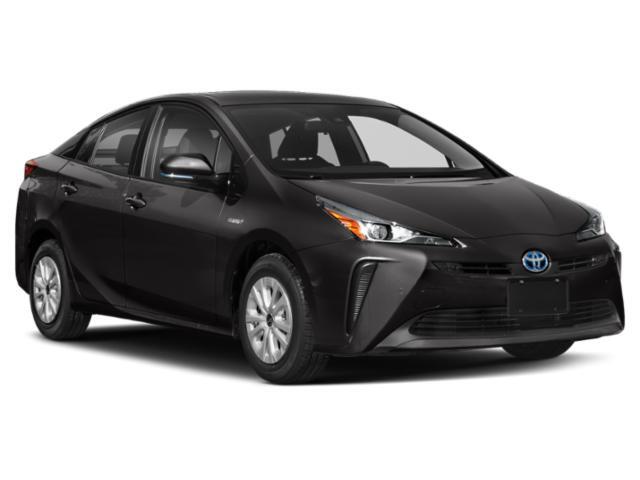
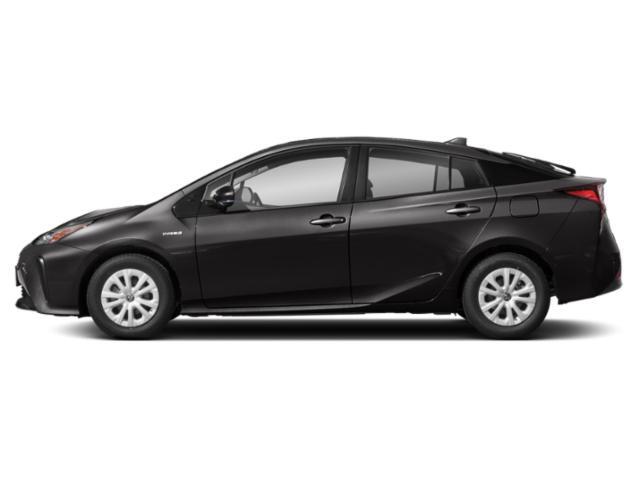
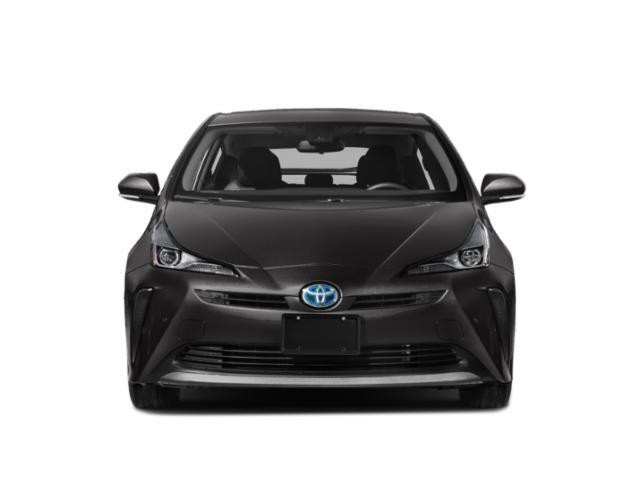
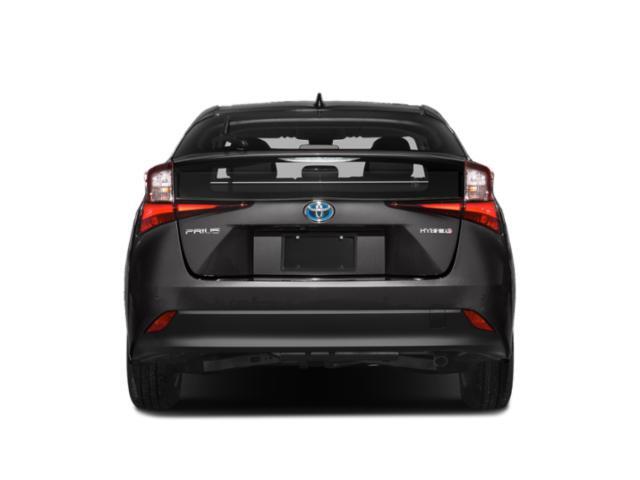
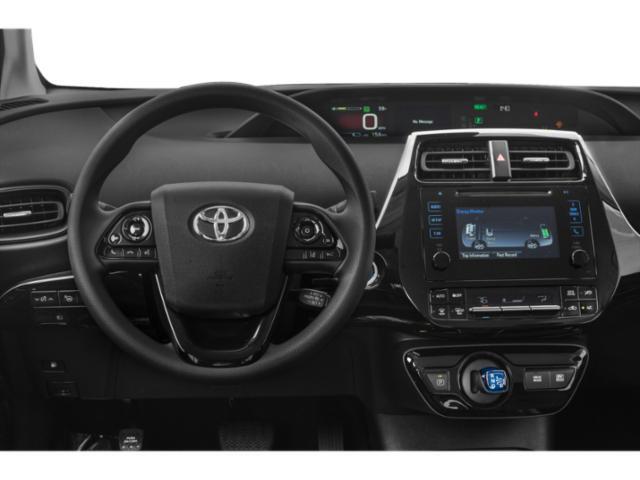
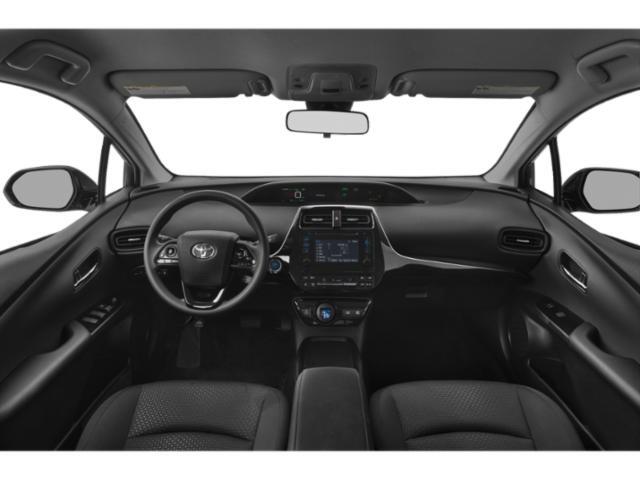
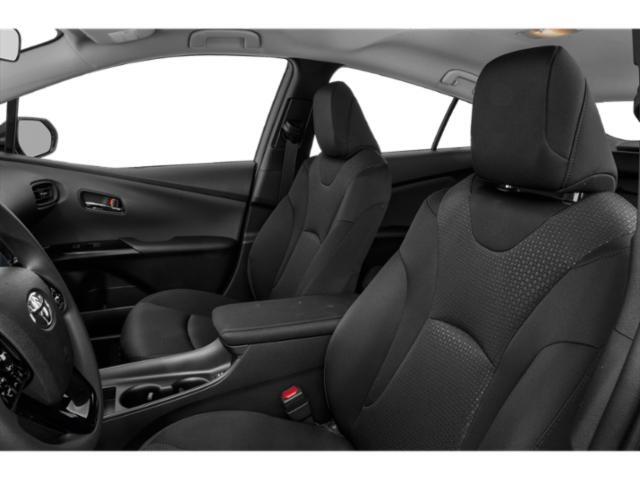
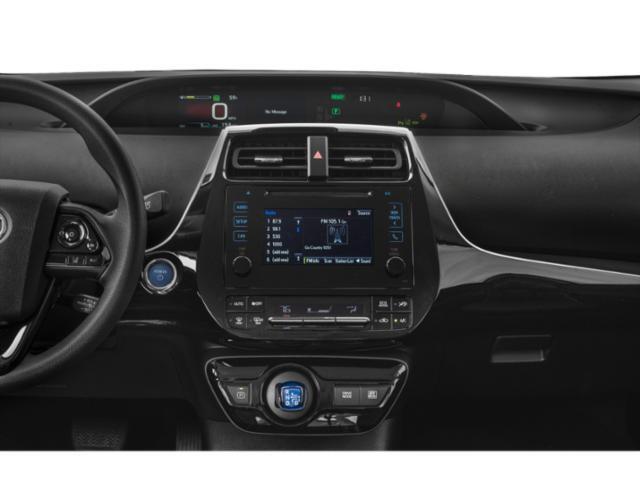
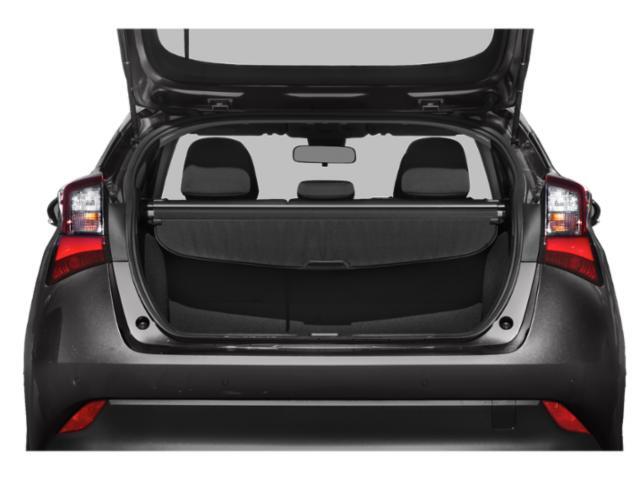
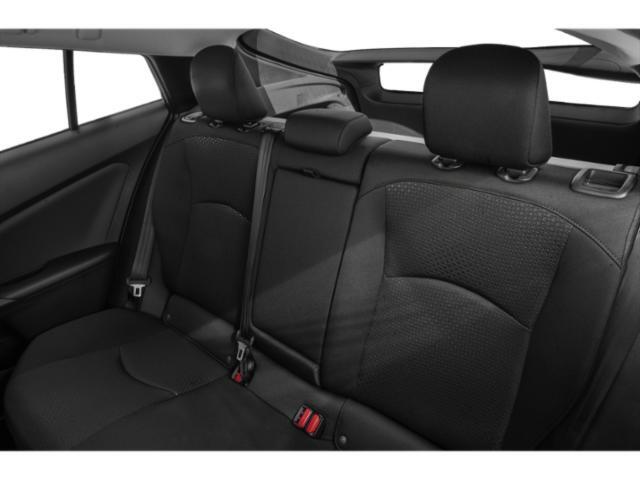
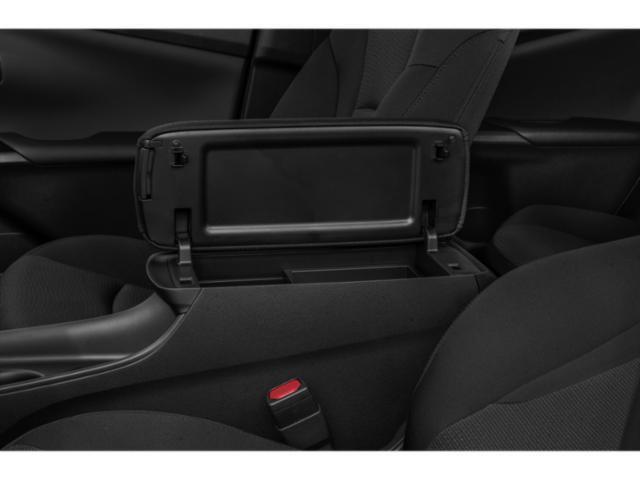
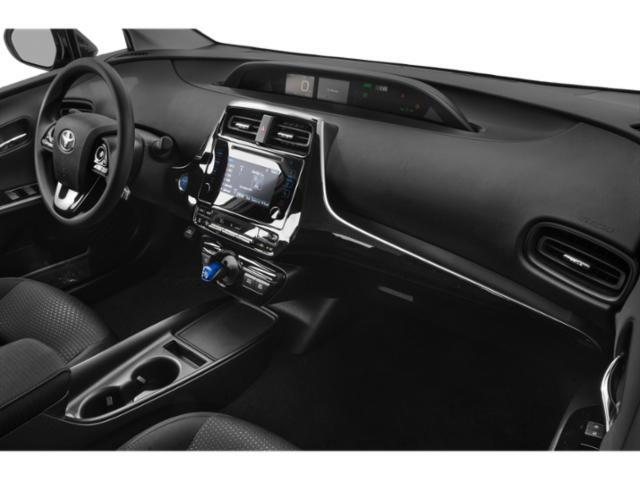
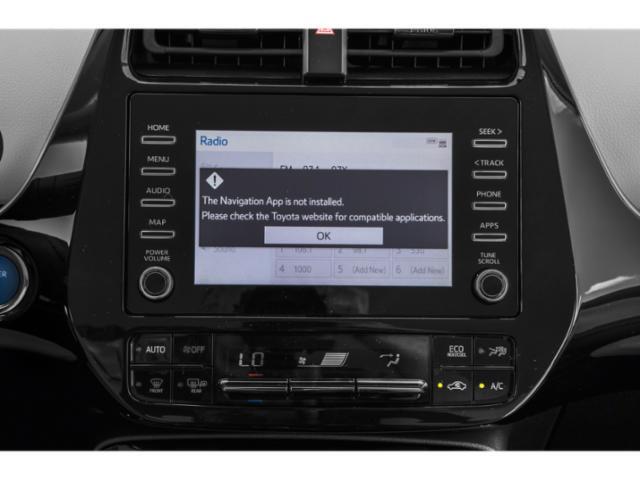














AutoTrader Review





